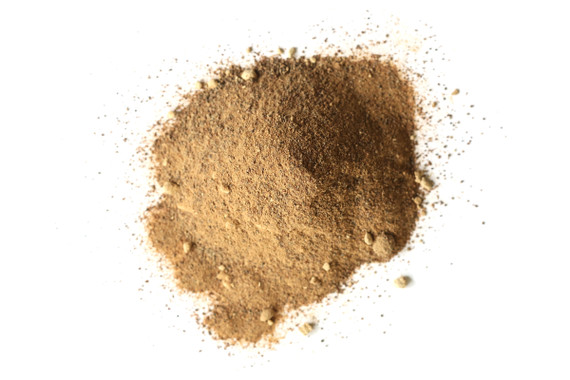Acacia sp. is found across sub-Saharan Africa and is known for its gum resin. Acacia gum, or gum Arabic, is harvested, dried, then milled into a fine powder. Acacia powder is a popular addition to a multitude of products as it acts to bind formulas and stabilize emulsions.
The acacia trees of the Darfur region of Sudan are harvested for resins variously known as gum arabic, Indian gum arabic, or talha. Although acacia trees are found throughout the 'gum belt' of sub-Saharan Africa, Chad, Eritrea, Kenya, Mali, Mauritania, Niger, Nigeria, Senegal, and Sudan, the plant is most abundant in Sudan.
The acacia is a plant in the family Mimosacaea, related to the mimosas of the southern United States and a close cousin of the legumes. It would not be inaccurate to think of the acacia as a tree-sized, woody, spiny bean.
The plant only produces acacia gum under adverse conditions, such as poor soil, drought, or heat, and damaged trees produce more gum. For these reasons, the most abundant harvest of acacia gum is produced in Sudan.
In the Southwestern United States, a potentially toxic plant (a species of Acacia) known locally as una de gato (cat's claw) is frequently confused with the medicinal plant una de gato from the Peruvian Amazon (Uncaria tomentosa). It is not the rainforest herb, and it is not a source of acacia gum, although it is sometimes sold in hierberas as either or both.
Acacia gum is used in a variety of products ranging from ink to ice cream. In herbal medicine, the gum is used to bind pills and lozenges and to stabilize emulsions. It is also used to produce a medium for applying essential oils, balsams, resins, camphor, and musk. Acacia gum forms strings when combined with cherry extract.
Precautions
No known precautions. We recommend that you consult with a qualified healthcare practitioner before using herbal products, particularly if you are pregnant, nursing, or on any medications.
This information has not been evaluated by the Food and Drug Administration. This product is not intended to diagnose, treat, cure, or prevent any disease. For educational purposes only.










